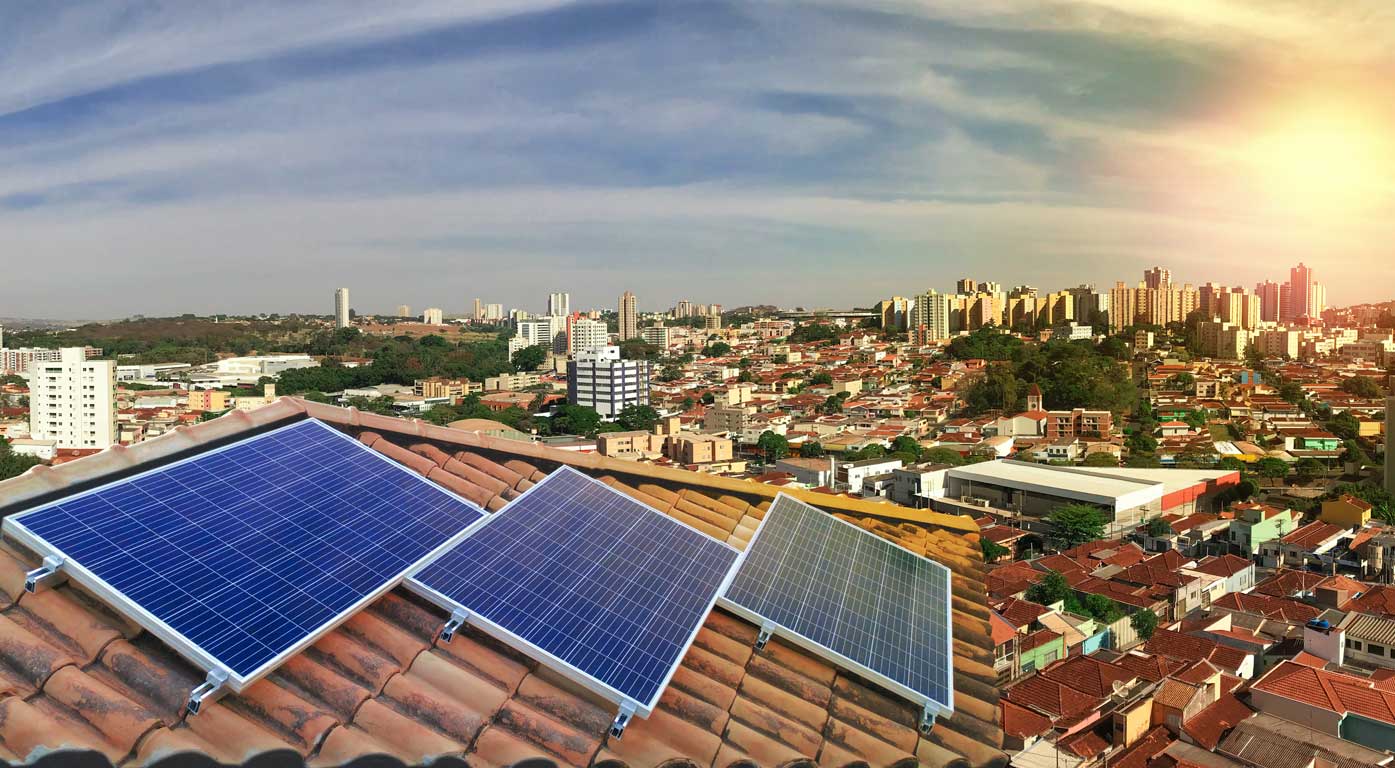Summary
The Virtual Power Station 2 project builds on CSIRO’s existing research, creating the next version of a virtual power station (VPS2) that can undertake pilot-scale testing of load, generation and energy storage coordination.
Need
The increasing amount of electricity being generated using solar photovoltaic (PV) panels has the potential to exceed the capacity of Australia’s distribution networks in some places.
This can result in unacceptably high and fluctuating voltages, an inability to export electricity to the grid, and restrictions being placed on the amount of PV-based electricity allowed within the grid.
Learn more
Project innovation
The Virtual Power Station 2 project builds on CSIRO’s existing research, creating the next version of a virtual power station (VPS2) that can undertake pilot-scale testing of load, generation and energy storage coordination.
A pilot-scale demonstration of the project will be integrated within a new residential development.
Information learned during the project will be made available to Australian distribution network operators to help in the development of prototype distribution feeder models that will allow assessment of how VPS2 and other control schemes can increase the amount of PV-based electricity within the grid. The results of this testing will help to overcome the issues that arise from increasing levels of PV-based electricity in distribution networks while improving power quality.
The VPS2 will improve on other energy-optimisation solutions, which are often limited by a focus only on the benefits for customers or distribution network operators. VPS2 will provide open-access information on the benefits to all parties including customers, distributors and the broader community, while also demonstrating solutions for sharing these benefits.
This information will particularly help those segments of the distribution network that supply residential areas, where low daytime energy demands exacerbate the problem of oversupply from solar PV. Many such suburbs also experience variable electricity supply, which makes it more expensive to run those parts of the network and is a problem not only common to Australia but also many parts of the world.
Such unresolved technical and economic challenges can place pressure on the ongoing economic viability of existing electricity industry operators.
Benefit
VPS2 will provide Australian leadership in addressing this increasingly compelling global problem.
Once it reaches the commercial market, a moderately-priced VPS2 solution will provide:
- a reliable mechanism for matching locally-generated PV electricity with household demand, thereby providing simultaneous benefits to both the network and the customer
- a way to develop and share information on economic benefits between all parties (customers, distributors and the community), that potentially could become part of a ‘transactive’ energy future based on the two-way flow of information.
This capability will be a key building block for a technically and economically-sustainable distributed energy future.
It will also capitalise on Australia’s global leadership in demand response (DR) standards (AS/NZS4755) for household applicances. These standards provide the world-best way of matching the amount of renewable energy generated with the electricity demand of residential appliances, particularly air conditioners, pool pump filtration, hot water systems and electric vehicles.
The VPS2 project will also complement knowledge and experience gained through the Pacific Northwest National Laboroatory (PNNL) ‘Transactive Energy’ project in the United States. The PNNL project involves the creation of a price-like incentive to which energy appliances such as air conditioners respond by changing their electricity consumption. Both CSIRO and PNNL view the two projects as distinct, yet strongly aligned and complementary.








